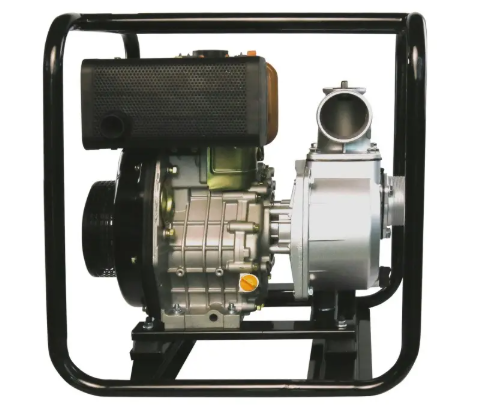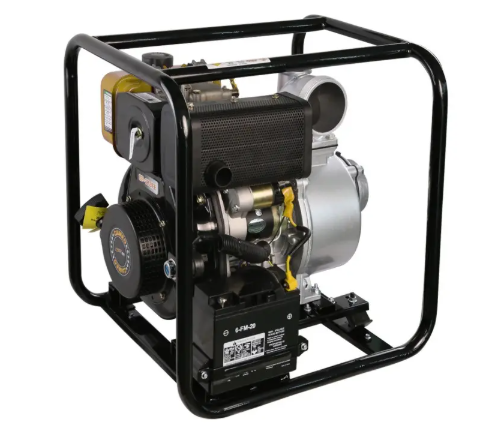electric power distribution price
Electric power distribution price represents a complex system that determines the cost structure for delivering electricity from transmission systems to end users. This sophisticated pricing mechanism encompasses various components including fixed infrastructure costs, variable operational expenses, maintenance fees, and regulatory compliance costs. The system utilizes advanced metering infrastructure (AMI) and smart grid technologies to accurately measure and bill electricity consumption. Modern distribution pricing models incorporate time-of-use rates, demand charges, and peak pricing strategies to manage grid load effectively. The price structure typically accounts for voltage level transformations, power quality maintenance, and system reliability investments. Distribution companies employ data analytics and forecasting tools to optimize pricing strategies while ensuring fair cost recovery and sustainable grid operations. The pricing mechanism also factors in geographical variations, customer density, and service quality requirements. This comprehensive approach ensures efficient resource allocation while maintaining system stability and promoting energy conservation through price signals.


